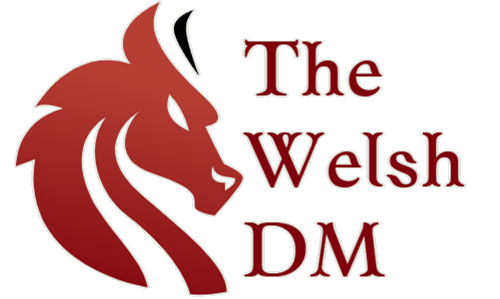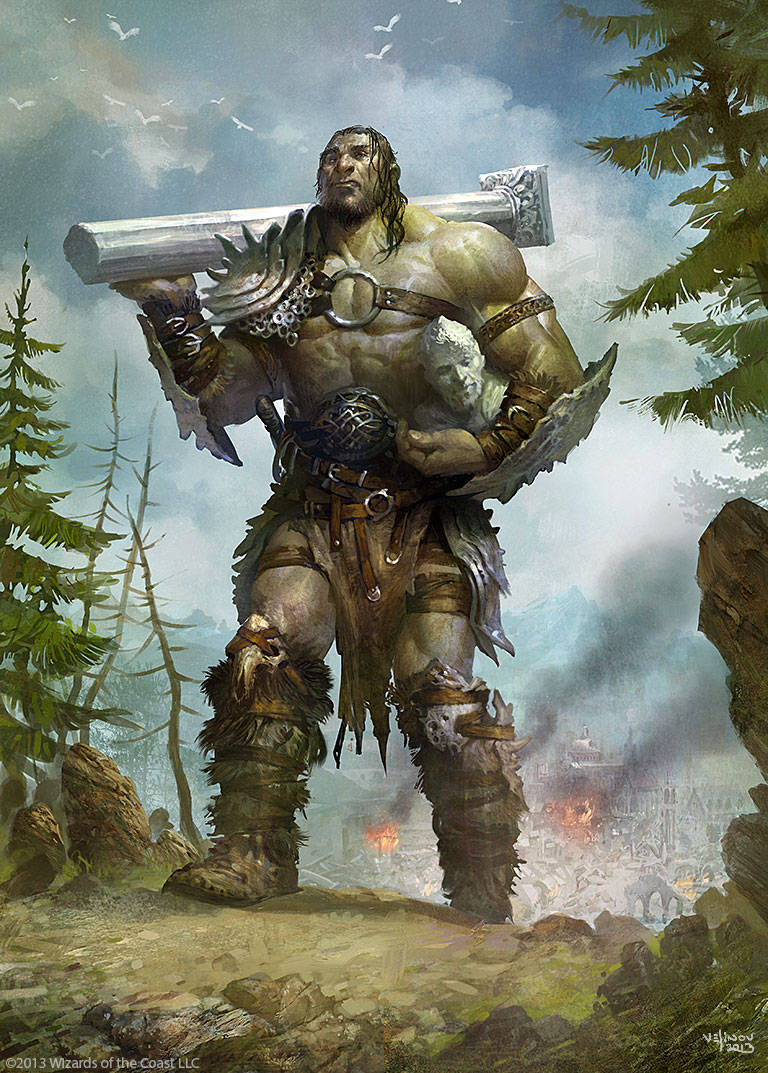
Monsters are the heart of D&D. So as a DM you know you want to nail them. The Bestiary is a collection of intel on the monsters that everyone knows and loves in this game.
This month we’re going to take a closer look at Giants, something you don’t really need to do considering you can see them coming from a few miles away. These huge humanoids are well known in both European folklore and D&D lore. From tales like Jack and his beanstalk to the grand Ordning, they can be enthralling threats for your party to deal with.
Themes & Tones
We’re going to break this section down into two areas, folklore and D&D lore. Because they each come with their own concepts.

Folklore
In folklore, Giants are regularly portrayed as forces of destruction set to wreak havoc upon the good natured “normal” sized people of the world. Lumbering brutes who seek nothing more than to squash the little folk underneath their big feet, and use their bones as toothpicks. Meanwhile the humans usually have to resort to outthinking their huge foes with words and tricks.
This in itself is a reliable tone to utilise for a D&D game, especially one focused on battling monsters and being heroes. Giants are the big playground bullies terrorising the little kids until the little kids band together to bring them down.
But if you want a little more nuance to these big creatures, something that is often overlooked is that giants really are just big humans. With their own culture, their own personalities, and their own desires. Some Giants may see their physical size as proof they should dominate the smaller races, but others may see their role more as a big brother, the protectors of these little folk from greater threats like Dragons (which we’ll touch on in a bit).
Giants present an interesting opportunity to debate what physical size means in a world of like-minded creatures. Do they prefer to keep their distance? Do they regularly interact and therefore towns have storefronts on the third storey to better facilitate giant customers? There’s plenty to go on.
D&D Lore
The writers of D&D have done a fair amount off the back of traditional European folklore, adding in an ancient culture that adheres to a fixed caste system explaining the power and respect disparities between their various types of giants. This Ordning is an intriguing concept in D&D that we don’t see played with often enough, asking the question of how a giant behaves in society knowing that their success, their reputation, is limited by the nature of their birth. (Of course, topics like this require session 0’s to discuss if players are comfortable exploring such things).

Giants in D&D are also much more closely tied to the elements, with Fire, Storm, and Frost Giants adding elemental power to their already gigantic size and strength. It’s an area I don’t think Wizard’s (until the new book) fully exploited, having Giants interact with Elemental Planes and the interesting plot that can come from that. What happens when a Stone Giant, a Frost Giant, a Fire Giant, and s Storm Giant work together to unleash the elemental evils?
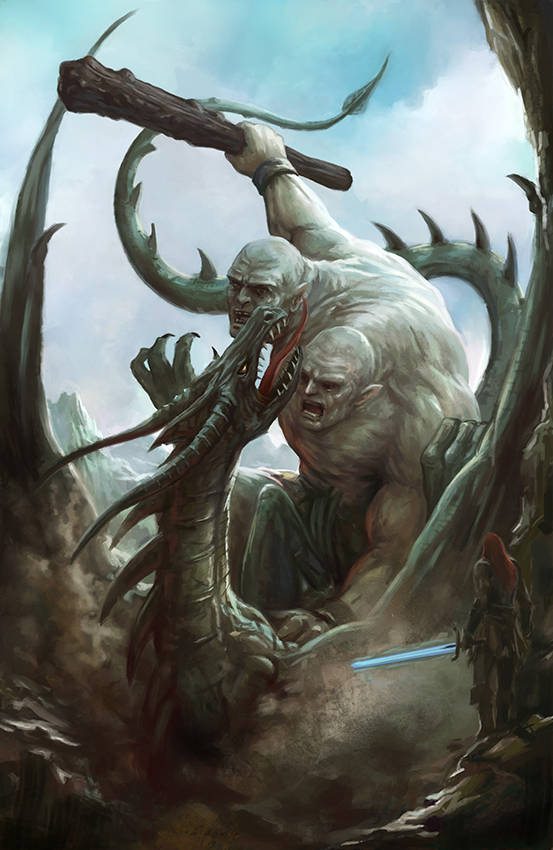
And then there are dragons. Wizard’s love to reference an ancient war between Dragons and Giants, and then usually do nothing with it. I love the idea of Giants and Dragons being intense mortal enemies, regardless of alignment or goals. In my own setting, Giants and Dragons were the armies used by gods and elementals. Since both races have incredibly long memories, it means that the grudges of war remain, even if both factions are too diminished to reignite the war.
The elemental power of both giants and dragons is really interesting to explore, in a top trumps style, make sure you have your frost giants fighting your fire dragons, and visa versa.
Hooks & Stories
Giants have plenty of themes you can play with and use to inspire whole campaigns, but what about some adventure ideas.
Save the Town.
A classic tale of the Giants are bearing down on the human settlement and the party needs to prepare the villagers and thwart the Giants. The real fun of this adventure sits in the planning of the final battle, taking inspiration from shows like Attack on Titan.

You can give your players 1-2 hours to prepare defences, set up traps, and make plans before the giants come charging out of the forest. Then the challenge becomes not only in defeating the Giants, but in how many buildings are prevented from being destroyed, and how many villagers survive the attack.
This is great for a one shot, or to satisfy your tactical players after a few sessions of roleplay.
Jack and the Beanstalk.
It’s a story most of us know, the rogue Jack climbing the beanstalk and stealing the golden goose from the giant’s castle. Tell me that isn’t a great heist adventure waiting to happen. It’s a great opportunity for you as a DM to really detail how huge Giant architecture is, and make the players feel tiny in comparison.

The party get to conduct a heist and then get the thrill of being chased down the beanstalk at the end. Does someone sacrifice their life to give the others time? Do they get in and out only being noticed by the Giant’s cat (a Giant Lion), who mistakes them for mice?
If you want more advice on running heist adventures check out Beyond the Golden Vault on DMsGuild.
Caught in the Middle.
When a giant clan and an ancient dragon become aware their territories border each other, things become very tense for the smaller locals of the region. These two ancient foes are on the brink of all-out war, which could devastate the surrounding areas and leave hundreds dead in its wake.
It is the party’s job to figure out how to calm the tensions and broker an agreement between the Giants and the Dragon to keep the peace. No small feat when both sides are prepared for war, and care little for those caught in the crossfire. Is your party up to the challenge? Just how persuasive is the bard?
Political adventures tend to feature less combat, so that is worth bearing in mind with your group of players.
Empowering the Stat Block

Giants tend to get overlooked in D&D, and I think that is largely because their stat blocks just don’t excite most DMs. In general they are just a big bag of hit points with a big club. There’s very little excitement or invention to them. I have four things I would look to add.
Area of Effect Attacks.
Similar to the Dragons we discussed previously (Bestiary: Chromatic Dragons) Giants attacks should hit areas not just targets. With weapons the size of houses, and their ability to throw literal boulders players should be terrified about being too close together. In fact, the player’s mobility and agility is their strength over the Giants.
This can be achieved by making their weapons hit all creatures in a 10ft cube within reach (make one attack roll and compare to the AC of all creatures in that area). You can turn their Rock Throw action into a line attack, 60ft. long and 10ft. wide, almost as if the boulder is a bowling ball the Giant hurls at their foes. And if you really want to spice things up, add a recharge ability that lets the Giant break a rock apart and throw the shrapnel in a cone.
Elemental Giants.
If anyone at Wizard’s wants to explain why fire giants and frost giants don’t deal fire and cold damage that’d be great. Because it is ridiculous that they don’t. For your Giants with close ties to the elements, add a couple of d6 elemental damage onto their attacks. Including their boulder throw, as the fire giants start throwing balls of magma, and the frost giant hurl icebergs.
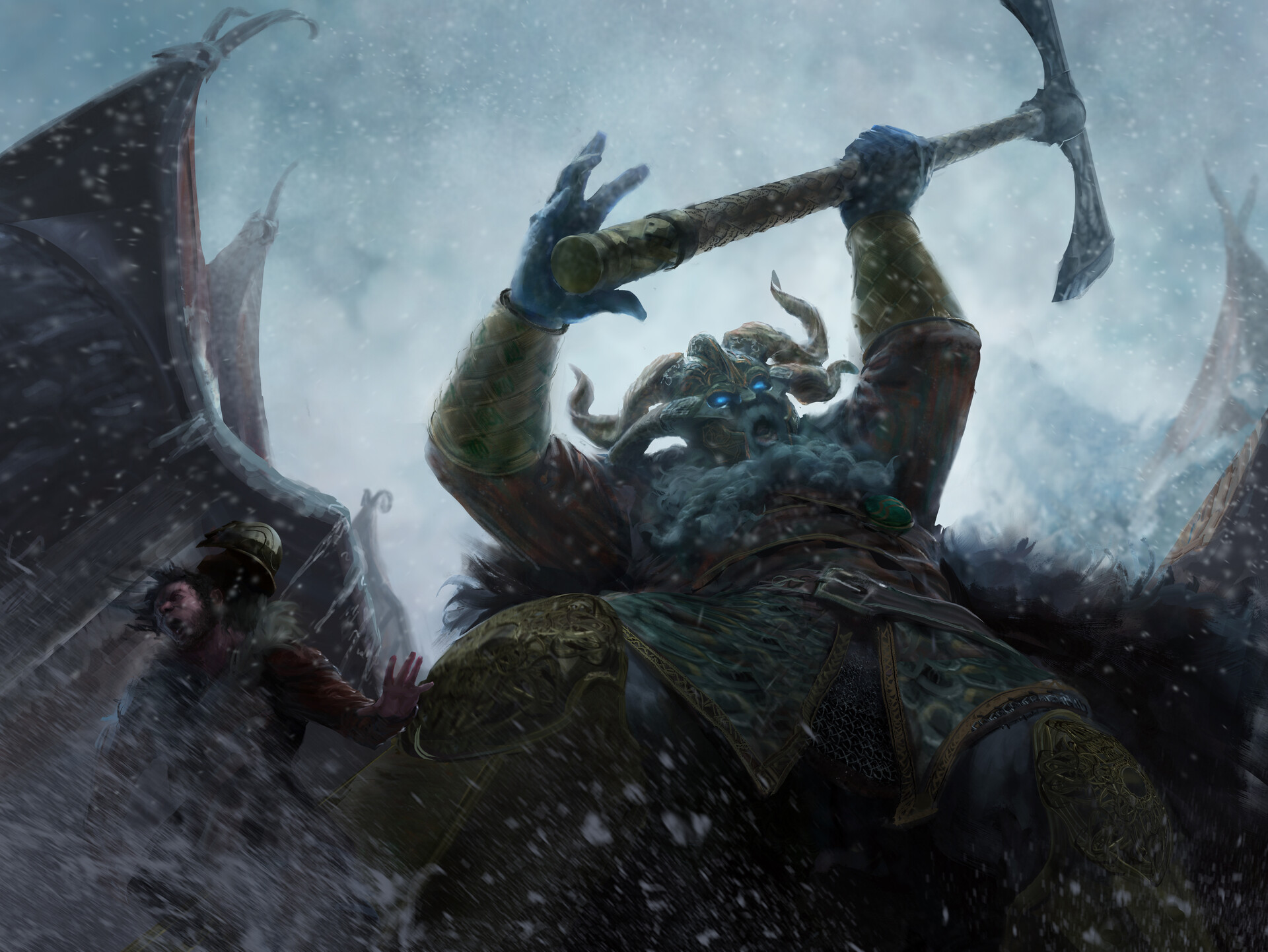
You could also play with auras, which deal damage, or impose conditions on creatures that are within 5-10ft. of the Giant. Or maybe fire giants cause metal weapons to heat up akin to a heat metal spell, while storm giants can take away your reaction akin to shocking grasp. There are a lot of options to play with here, let your imagination go wild.

Weak Spots.
Giants should not die from being stabbed in the calf muscles twenty times. One of the fun things about giants is the imagery of climbing onto their backs by leaping from a rooftop. Encourage your players to do this, by providing mechanical benefits to attack the vulnerable spots on the giant.
Give the giant resistance to damage that hits their legs, give players advantage for attacking while grappling the giant’s hairy back, and make the giant panic when there are multiple creates crawling over their shoulders. I would even give players automatic critical hits when they attack the giant’s head with a melee weapon. Let players climb on your giants, and make it worthwhile.
LOOK OUT BELOW!
What happens when a Giant falls over? Either through killing them or tripping them a Giant collapsing to the ground is sure to cause a lot of damage to whatever they fall on. I am a big fan of having the Giant fall over in a random direction, potentially squashing the characters in the process. I think it provides some light-hearted danger as the sack of meat tumbles to earth in a comical fashion.
If you’re playing at the table on a map, I recommend trying to obtain the old Warhammer Fantasy Battle fallen giant template which utilised this exact mechanic. It made the Giants entertaining, and dangerous to everyone on the battlefield not just their enemies.
It’ll also add an additional tactical element to your encounters as your players learn this happens, and they try to find ways to direct the Giants to fall in a more preferable direction. Combine this with the Defend the Town adventure from earlier and it becomes a memorable challenge.
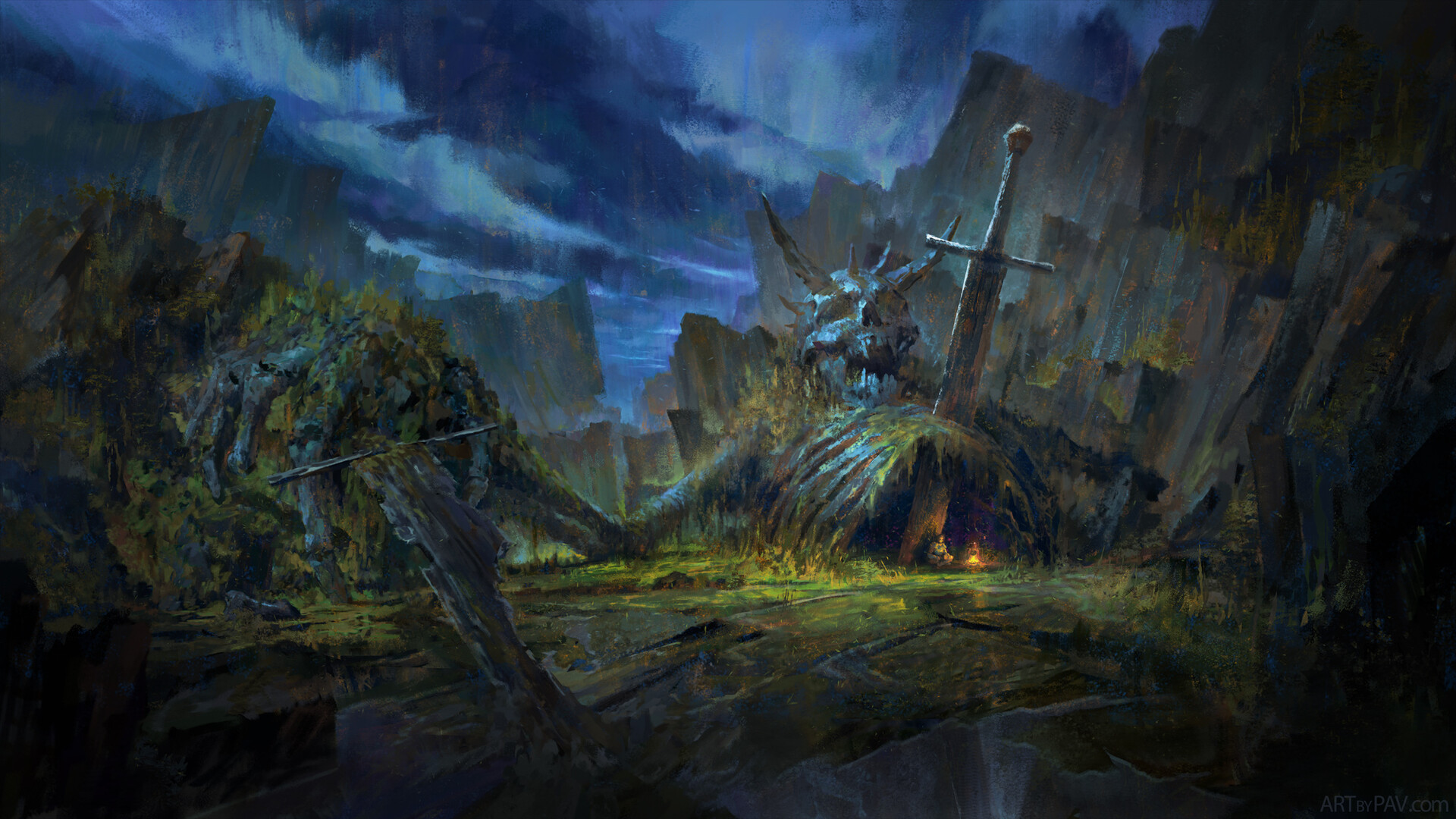
Running the Encounter
So we’ve come up with our adventure, we’ve modified the stat blocks to be more engaging, and now we have to roll initiative. What can we do to make the actual encounter engaging and memorable for our players?
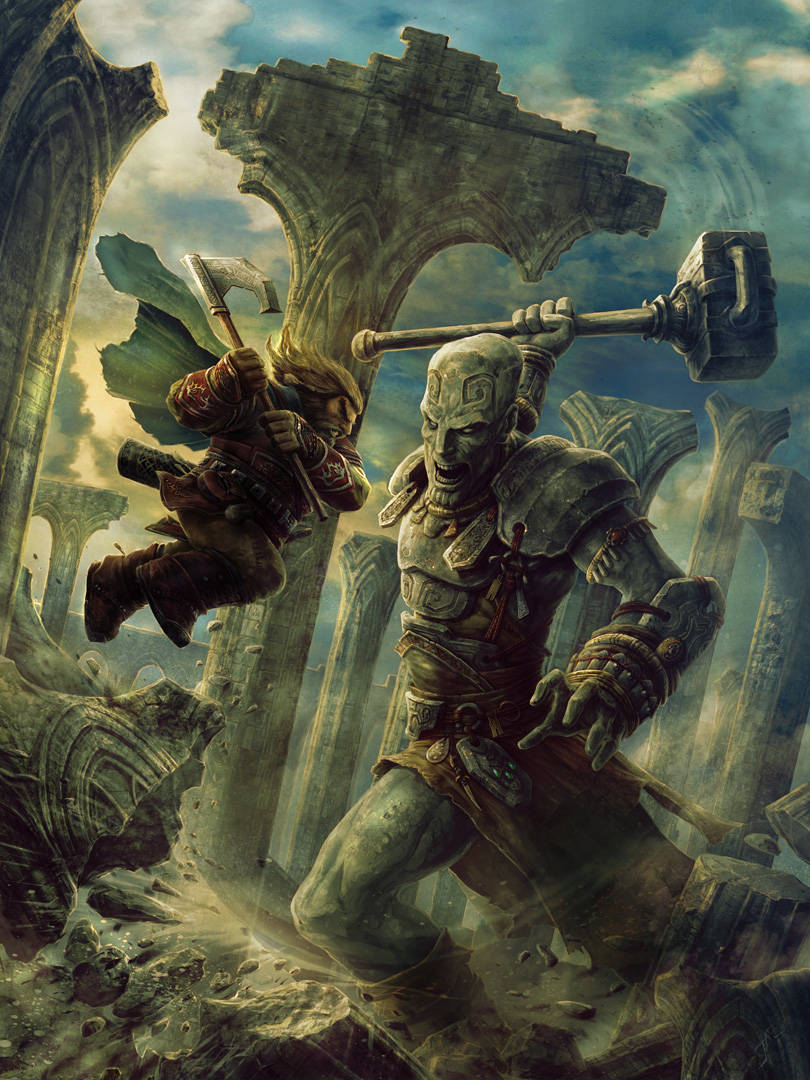
Firstly use the terrain. We spoke about how Giants are beings of destruction, coming to town to break buildings and destroy farms. Make the environment destructible. When the Giant’s players dodge the boulder, it’ll crash into the building behind them, and the wall can collapse making difficult terrain and injuring bystanders. The Giant could tear off the roof of the town hall and use it as a shield to defend themselves. Similarly enable your players, as they spot a tower become weakened, maybe they cause it to fall onto the Giant, potentially knocking them prone.
If you’re looking for crazier antics, have the Giant pick up a character and chuck them across the battlefield, either at a wall or another annoying little creature. I always encourage increasing the motion within an encounter, forcing players to adjust, move, and manoeuvre to find the best position, or in this case just to get back into the fight. Keep combat in motion to avoid it becoming a boring slog.

Lastly, and perhaps most importantly, Verticality. Giants arere tall, very tall, and if we want to encourage players to get on top of the Giants the battlefield needs to enable this. Never have your players fight the Giants in an open plain. Trees, buildings, large rocks, all of these can provide the height required for a character to leap onto the giant and hack away at its face. You could even introduce grappling hooks, and harpoons with ropes that the players can then use to climb up the giant on. Fights against Giants should be happening across many layers, but to do that you need to ensure there is stuff to climb.
There we have it, how to use Giants at your table.
What piece of advice do you plan to take to your next adventure?
Do you have other ideas/advice you think people should know about?
What was your most memorable moment fighting a giant at the table?
